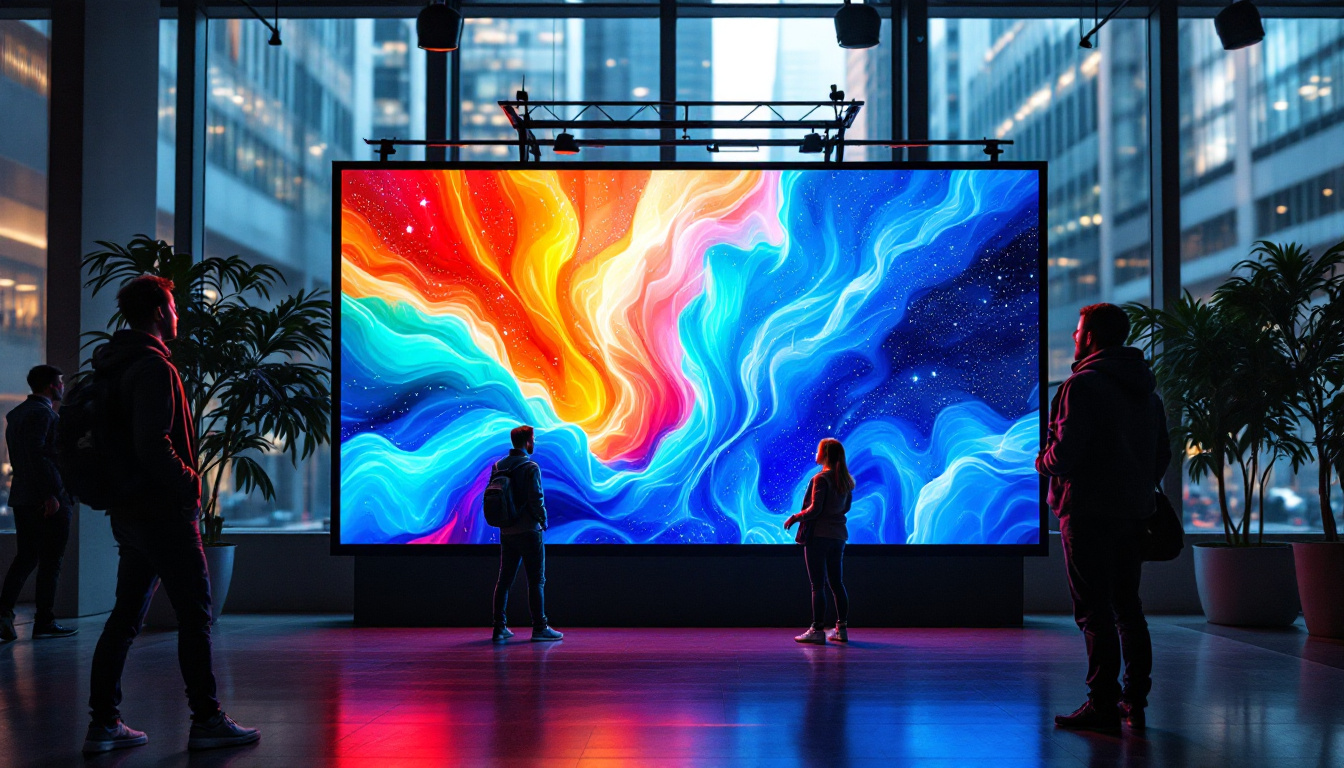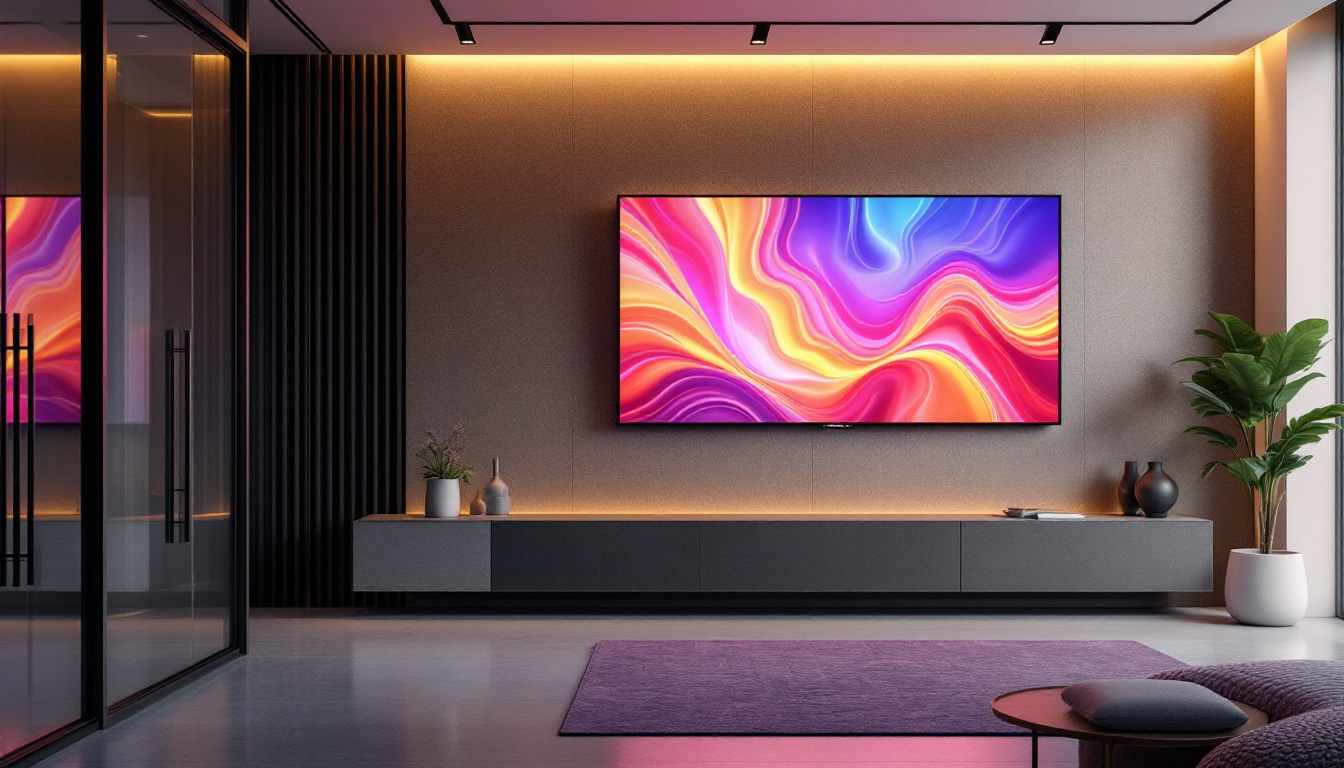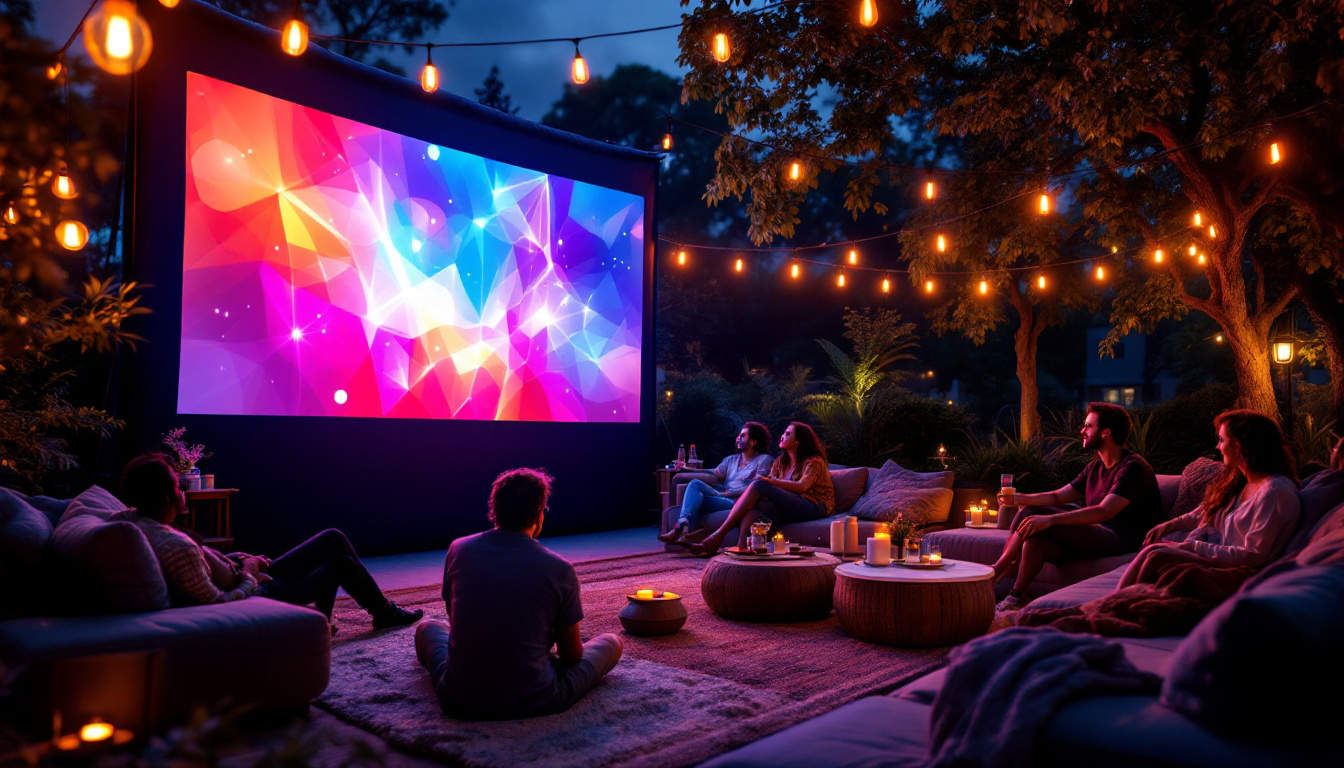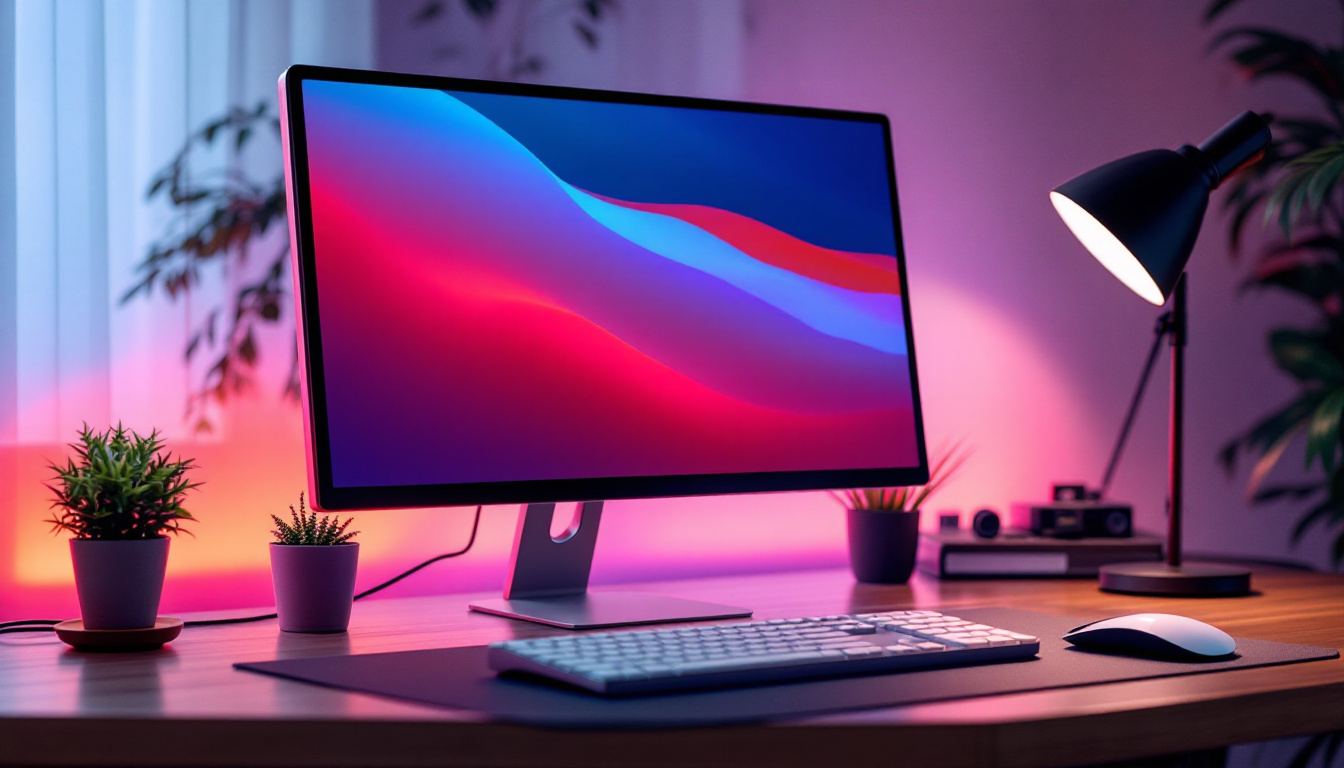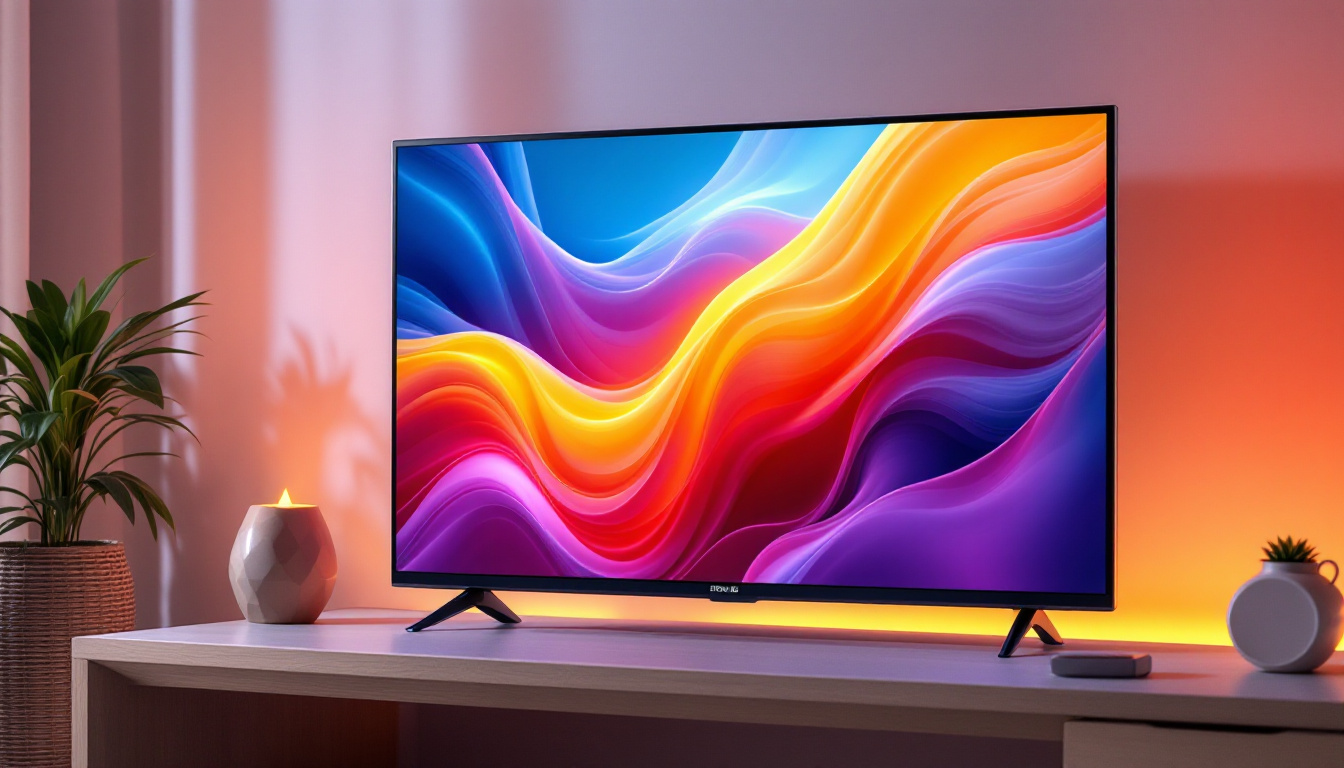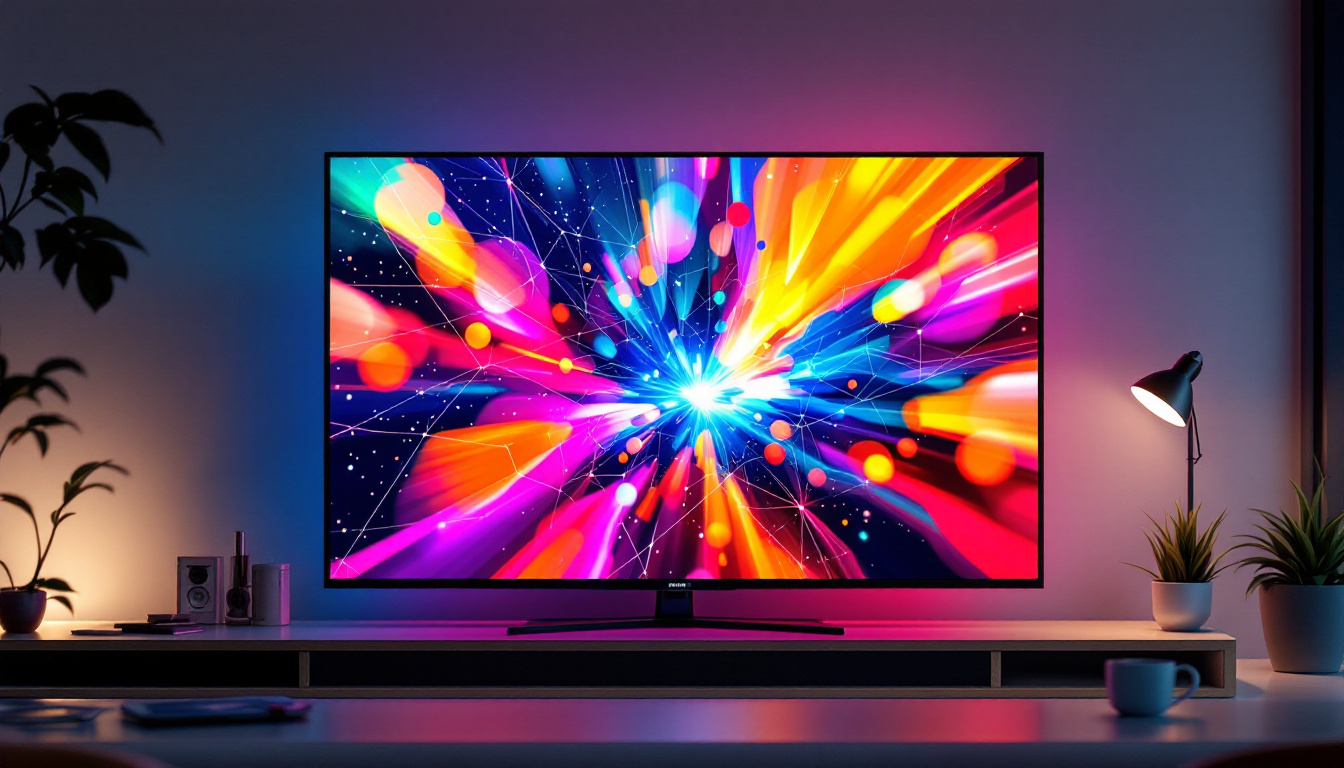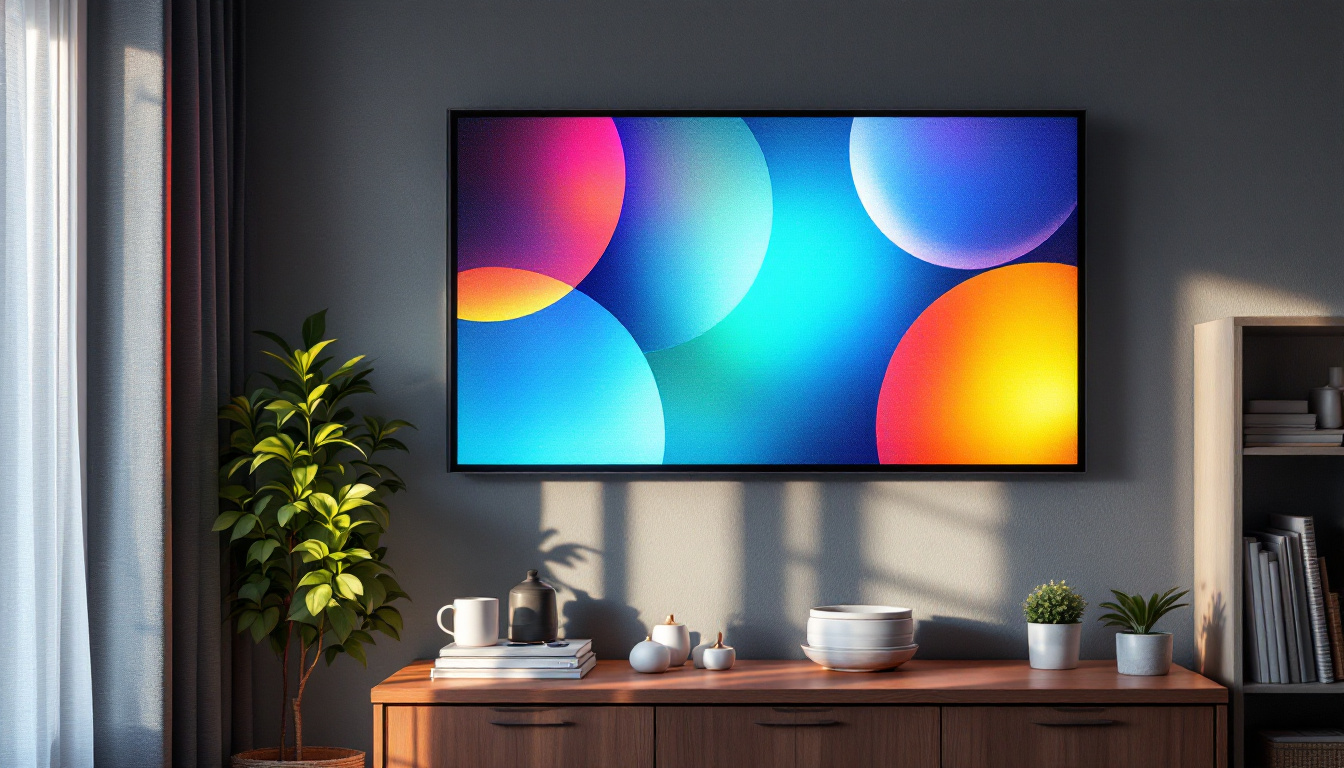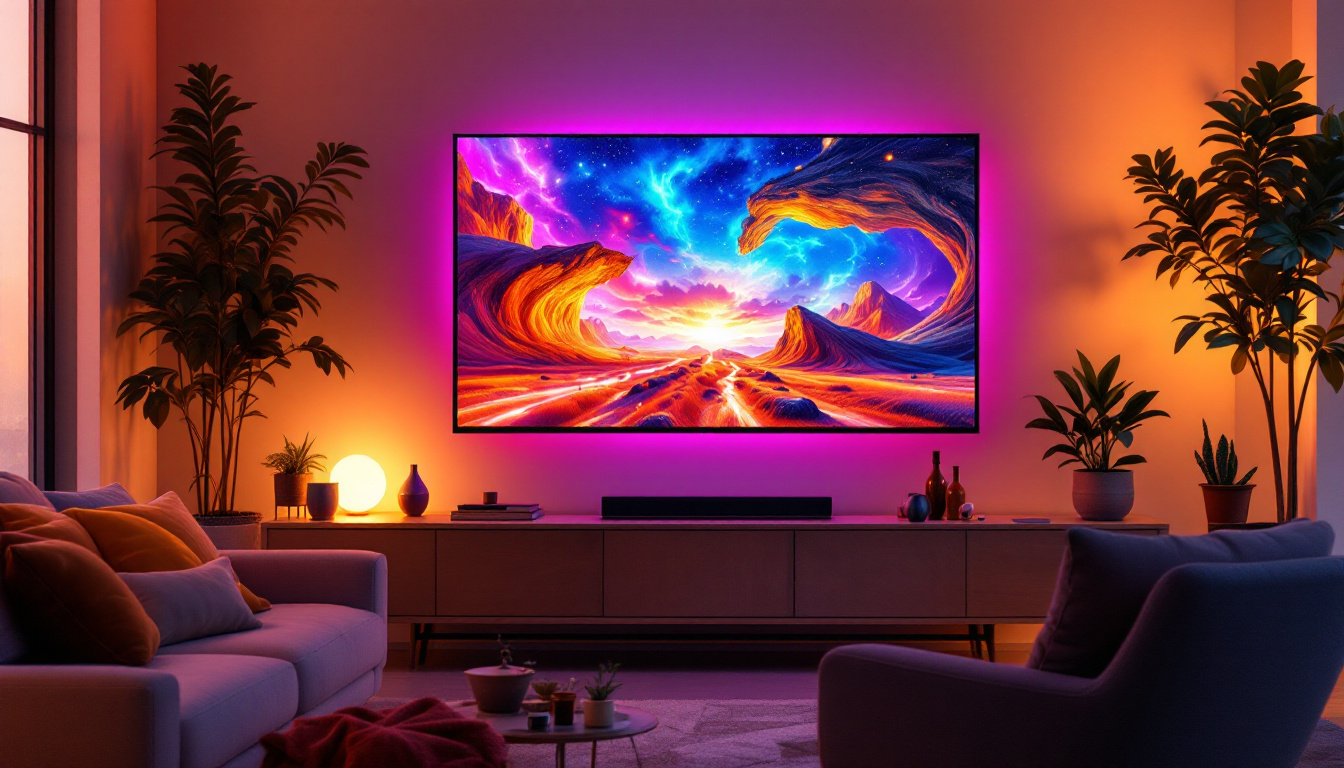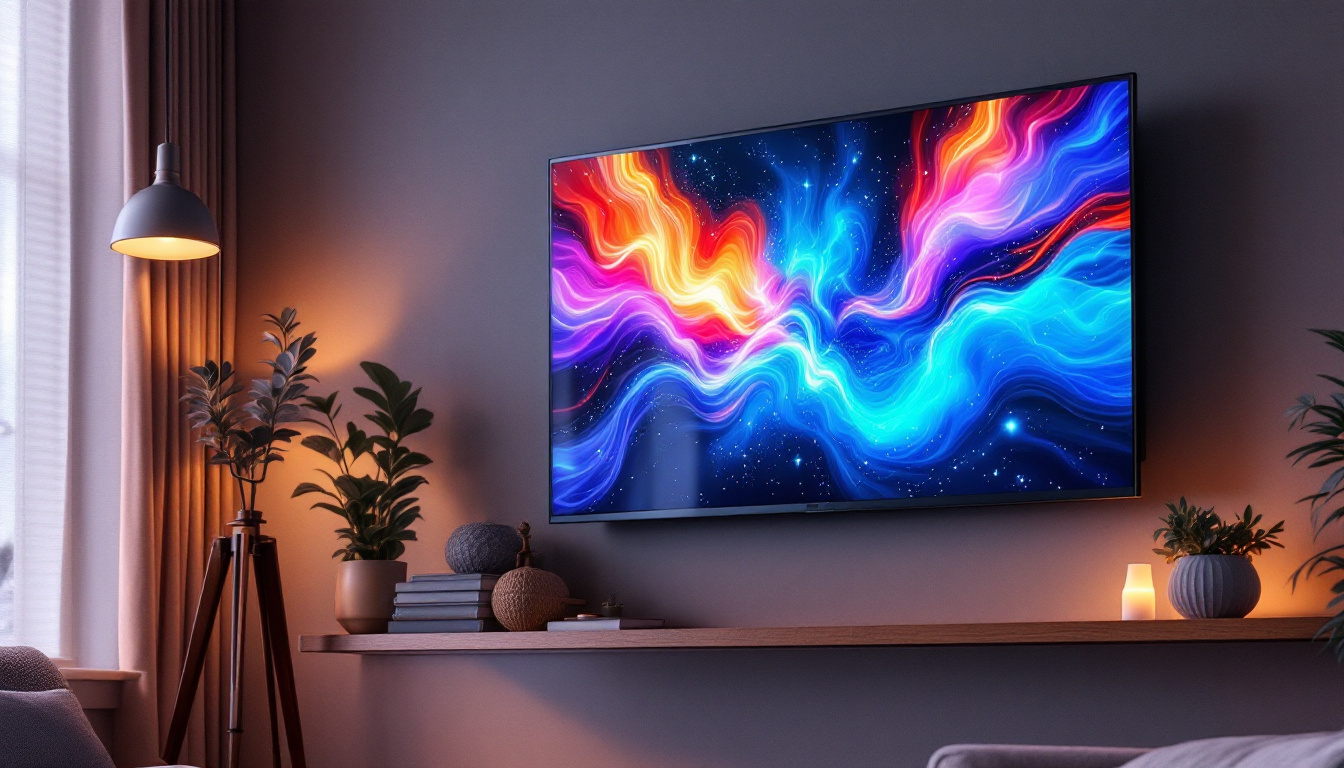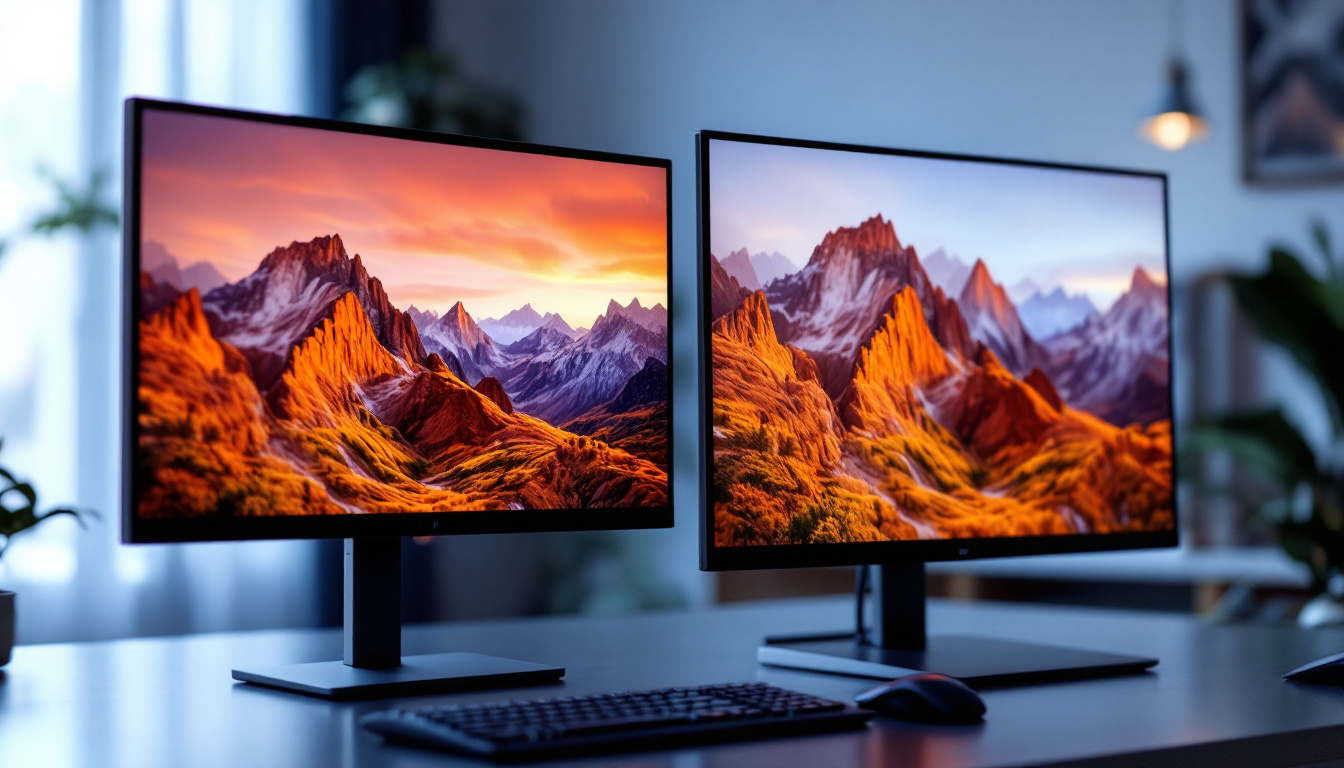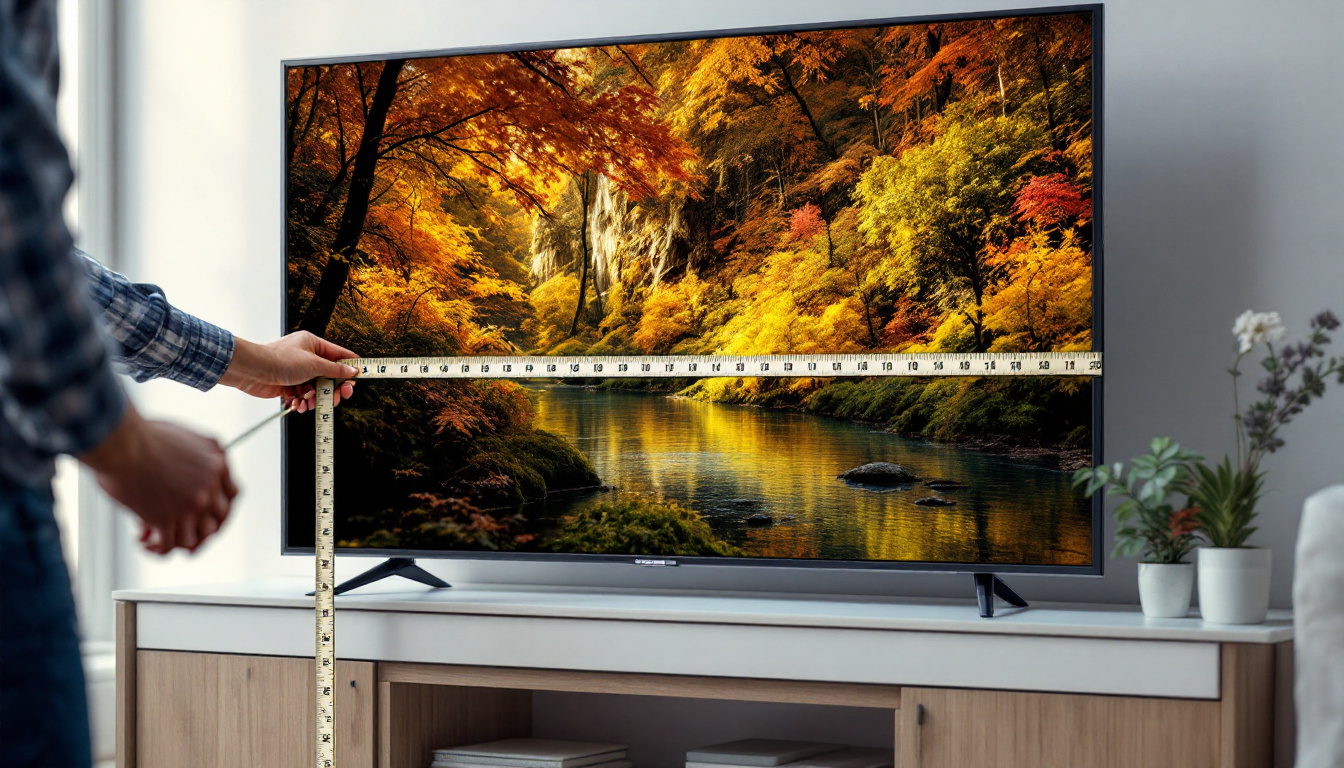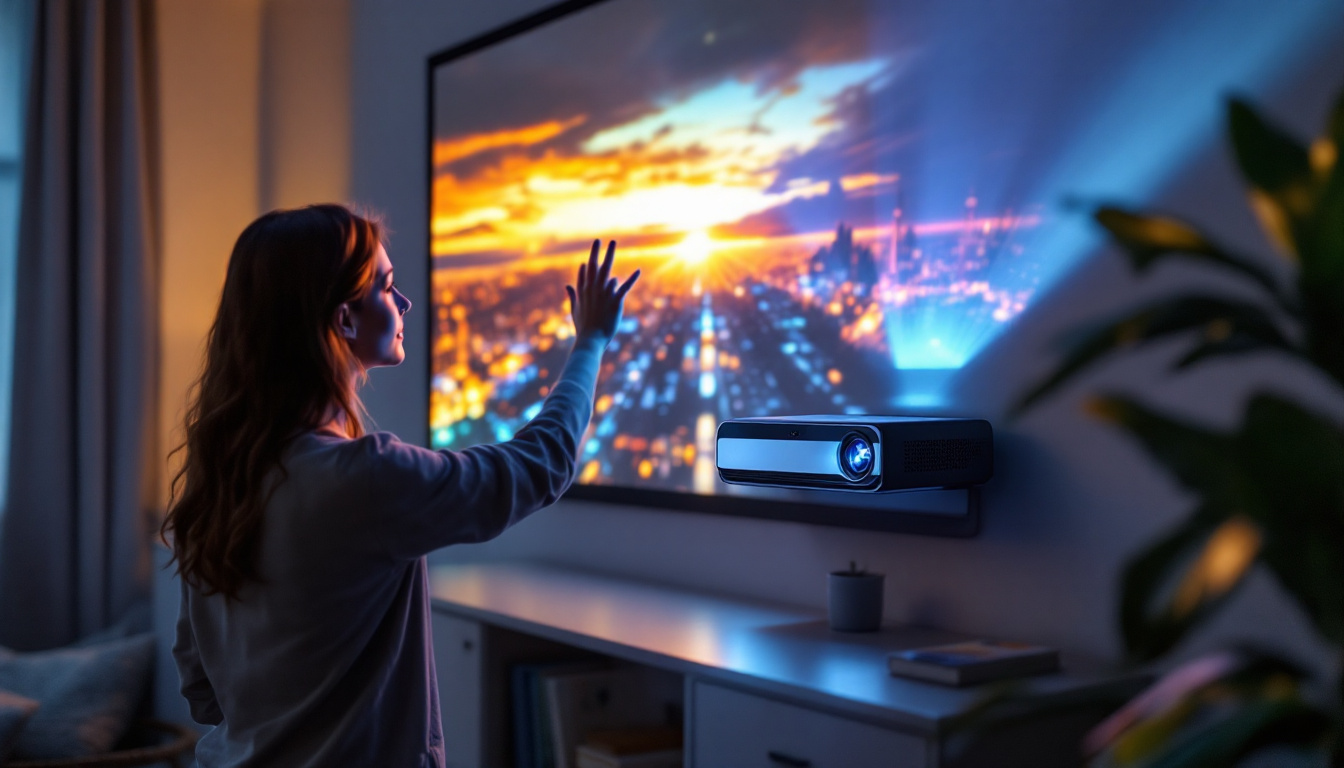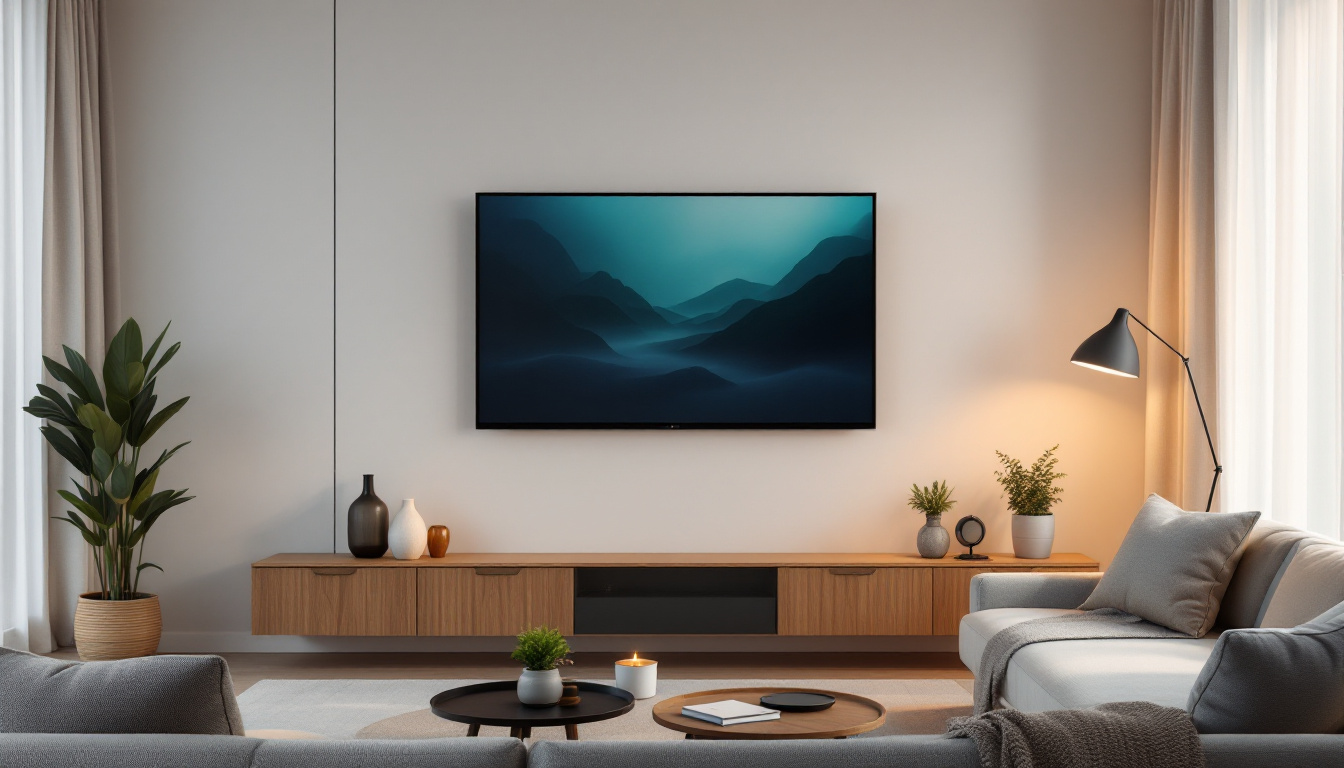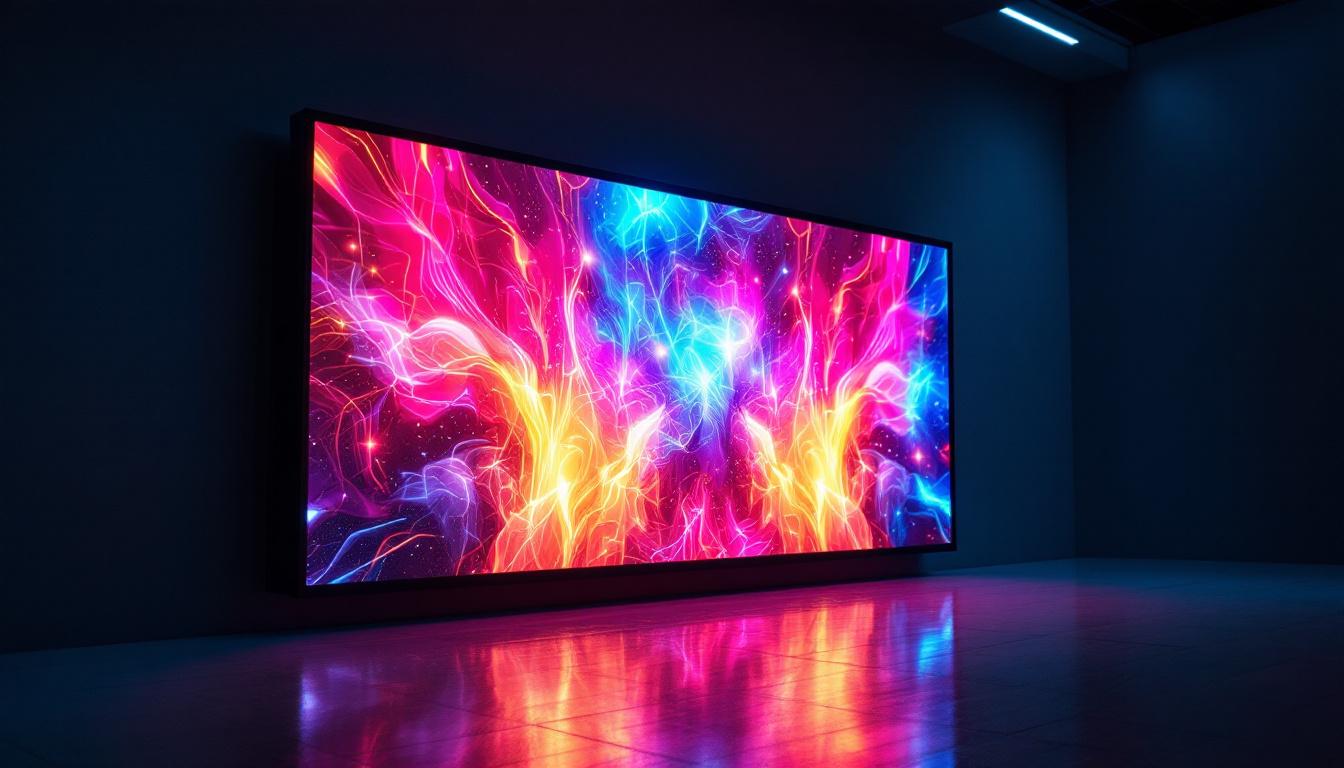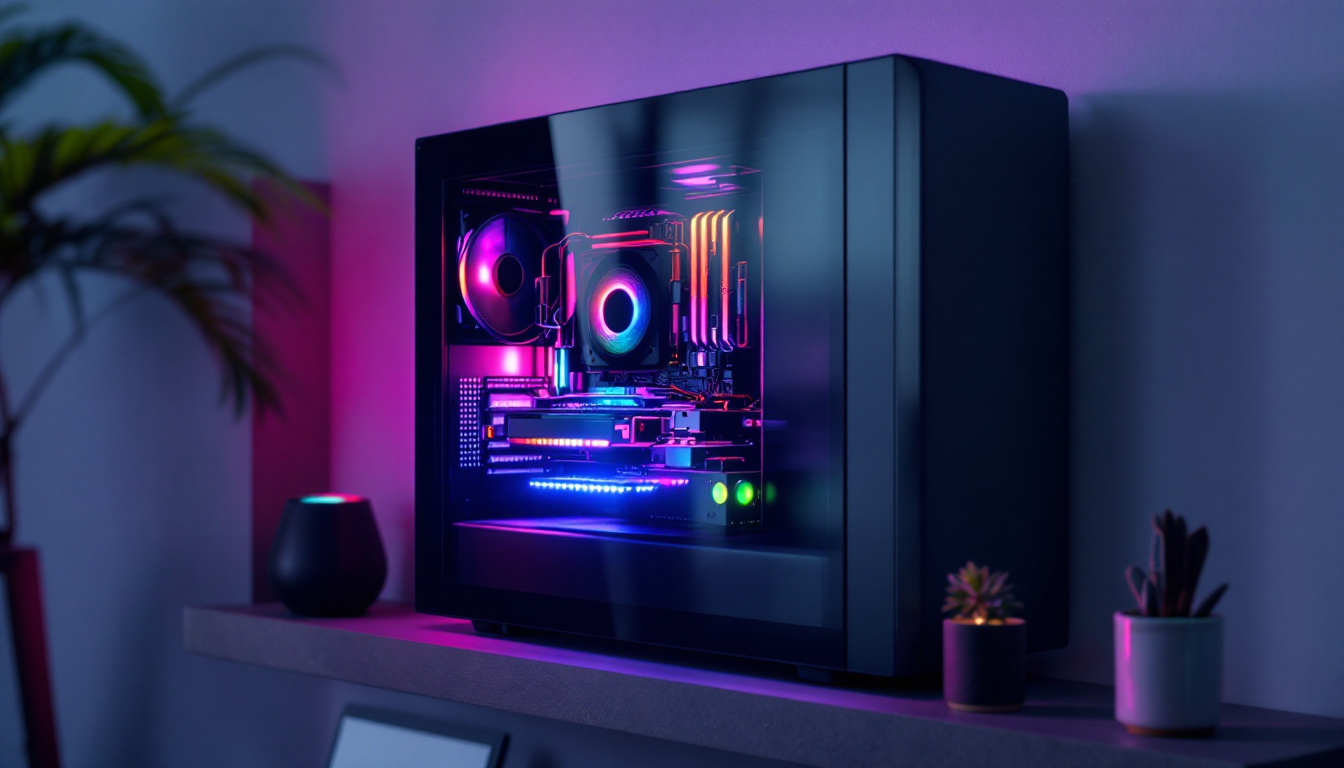In the world of digital displays, pixel density is a crucial factor that determines the clarity and quality of images. Understanding pixel density, especially in the context of LED displays, can significantly enhance one’s appreciation of modern technology. This article delves into the definition of pixel density, its implications for LED displays, and the various factors that contribute to visual performance.
What is Pixel Density?
Pixel density, often measured in pixels per inch (PPI), refers to the concentration of pixels in a given area of a display. The higher the pixel density, the more pixels are packed into each inch of the screen, resulting in sharper and clearer images. This metric is essential for evaluating the quality of displays, particularly in devices such as smartphones, tablets, and televisions. A higher pixel density can enhance the viewing experience, especially when it comes to high-definition content, as it allows for finer details to be rendered without visible pixelation.
Understanding Pixels
To grasp the concept of pixel density, it is essential to understand what pixels are. Pixels are the smallest units of a digital image or display. Each pixel can emit light in various colors, which combine to form the images we see on screens. The arrangement and number of these pixels directly influence the overall visual quality. In an LED display, each pixel is made up of subpixels, typically red, green, and blue (RGB). By adjusting the intensity of these subpixels, a wide spectrum of colors can be produced. Consequently, the arrangement and density of these pixels can significantly affect the viewing experience.
In addition to RGB, some displays utilize other color models, such as CMYK for printing or YUV for video compression, which can also influence how colors are perceived on screen. Furthermore, advancements in display technology, such as OLED and AMOLED, have introduced deeper blacks and more vibrant colors by allowing individual pixels to turn off completely. This capability not only enhances the contrast ratio but also contributes to a more immersive viewing experience, making pixel density a crucial factor in modern display technology.
Calculating Pixel Density
Pixel density can be calculated using a simple formula. The total number of pixels on the display is divided by the area of the screen in square inches. For instance, a display with a resolution of 1920×1080 pixels (Full HD) and a diagonal size of 24 inches would have a pixel density of approximately 92 PPI. This calculation helps consumers compare different displays and understand which offers better image quality. However, it is important to note that pixel density is just one aspect of display quality; factors such as color accuracy, brightness, and contrast ratio also play significant roles in the overall visual experience.
Moreover, as technology evolves, new display standards are emerging, such as 4K (3840×2160) and 8K (7680×4320) resolutions, which offer significantly higher pixel densities. For example, a 4K display on a 24-inch screen can achieve a pixel density of around 183 PPI, resulting in incredibly sharp images that are particularly beneficial for tasks requiring high detail, such as graphic design and video editing. As consumers become more discerning about display quality, understanding pixel density and its implications becomes increasingly important in making informed purchasing decisions.
The Importance of Pixel Density in LED Displays
Pixel density plays a vital role in determining the overall performance of LED displays. Higher pixel densities contribute to improved image clarity, making them particularly desirable for applications requiring detailed visuals, such as graphic design, gaming, and high-definition video playback.
Impact on Image Quality
One of the most significant effects of pixel density is its impact on image quality. A higher pixel density allows for finer details to be rendered on the screen. This is particularly important for high-resolution content, where clarity and precision are paramount. For example, when viewing high-definition movies or playing graphically intensive video games, a display with a higher pixel density will provide a more immersive experience.
Moreover, pixel density affects how images appear from different viewing distances. Displays with lower pixel densities may show visible pixelation when viewed up close, while higher-density displays maintain clarity even at shorter distances, making them ideal for handheld devices.
Viewing Angles and Color Accuracy
Another aspect influenced by pixel density is the viewing angle. LED displays with higher pixel densities tend to maintain consistent color accuracy and brightness even when viewed from an angle. This is crucial for collaborative environments where multiple viewers may be watching the same screen. A display that exhibits color shift or loss of detail at wider angles can detract from the overall viewing experience.
Types of LED Displays and Their Pixel Densities
LED displays come in various types, each with unique characteristics and pixel densities. Understanding these differences can help consumers make informed decisions when selecting a display for specific applications.
Standard LED Displays
Standard LED displays, often used in televisions and monitors, typically have pixel densities ranging from 80 PPI to 150 PPI. These displays are suitable for everyday use, such as watching television shows, browsing the internet, or working on documents. While they provide decent image quality, they may not be ideal for tasks requiring high precision.
High-Definition and Ultra High-Definition Displays
High-definition (HD) displays, with resolutions of 1280×720 pixels, and ultra high-definition (UHD) displays, with resolutions of 3840×2160 pixels, boast significantly higher pixel densities. HD displays generally range from 200 PPI to 300 PPI, while UHD displays can exceed 400 PPI. These displays are perfect for applications where detail is paramount, such as graphic design, video editing, and gaming.
MicroLED and OLED Displays
MicroLED and OLED technologies have emerged as cutting-edge solutions in the display market. MicroLED displays can achieve extremely high pixel densities, often exceeding 500 PPI, providing unparalleled clarity and color accuracy. OLED displays, while slightly lower in pixel density, offer vibrant colors and deep blacks, making them popular for high-end televisions and smartphones.
Factors Influencing Pixel Density
While pixel density is a critical metric for evaluating display quality, several factors can influence its effectiveness. Understanding these factors can help consumers make more informed choices when selecting LED displays.
Screen Size
The size of the screen plays a significant role in determining pixel density. A larger screen with the same resolution as a smaller screen will have a lower pixel density. For instance, a 55-inch 4K TV (3840×2160 pixels) will have a lower pixel density compared to a 24-inch monitor with the same resolution. Therefore, consumers should consider both screen size and resolution when evaluating pixel density.
Resolution
Resolution is another critical factor that directly impacts pixel density. Higher resolutions mean more pixels are packed into the same screen size, resulting in a higher pixel density. For example, a Full HD display (1920×1080) will have a lower pixel density than a 4K display (3840×2160) of the same size. As technology advances, higher resolutions are becoming more common, leading to displays with increasingly impressive pixel densities.
Viewing Distance
Viewing distance is an often-overlooked factor that can affect the perceived quality of pixel density. The farther a viewer is from the screen, the less noticeable individual pixels become. For instance, a display with a lower pixel density may still appear sharp and clear when viewed from a distance, while a high-density display may be more beneficial for close-up viewing, such as in handheld devices.
Choosing the Right Pixel Density for Your Needs
Selecting the appropriate pixel density for a display depends on various factors, including the intended use, viewing distance, and personal preferences. Here are some considerations to keep in mind when making a decision.
For General Use
For general use, such as browsing the web, watching videos, or working on documents, a pixel density of around 100 PPI to 150 PPI is typically sufficient. This range provides a good balance between image quality and cost, making it suitable for most consumers.
For Gaming and Graphic Design
For gaming enthusiasts and graphic designers, a higher pixel density is essential to ensure that details are rendered accurately. Displays with pixel densities of 200 PPI or higher are recommended for these applications. The improved clarity and detail can significantly enhance the overall experience, making it worth the investment.
For Professional Use
In professional settings, such as photography or video editing, the highest pixel density available should be sought. Displays exceeding 300 PPI, such as 4K or 8K monitors, provide the precision and detail required for high-quality work. These displays are designed to meet the demands of professionals who require the best visual performance.
The Future of Pixel Density in LED Displays
As technology continues to evolve, the future of pixel density in LED displays looks promising. Innovations in display technology, such as advancements in microLED and OLED, are paving the way for even higher pixel densities and improved visual performance.
Emerging Technologies
Emerging technologies are expected to revolutionize the display industry. MicroLED displays, for instance, offer the potential for extremely high pixel densities while maintaining energy efficiency and longevity. As these technologies become more mainstream, consumers can expect to see displays with unparalleled clarity and color accuracy.
Consumer Expectations
As consumers become more aware of the importance of pixel density, expectations for display quality will continue to rise. Manufacturers will need to innovate and improve their offerings to meet these demands, leading to a competitive market focused on delivering the best visual experiences.
Conclusion
Understanding pixel density is essential for anyone looking to purchase or utilize LED displays. It plays a significant role in determining image quality, clarity, and overall viewing experience. By considering factors such as screen size, resolution, and intended use, consumers can make informed decisions that align with their needs.
As technology progresses, the future of pixel density in LED displays promises even greater advancements, ensuring that users can enjoy stunning visuals for years to come. Whether for gaming, professional work, or general use, the right pixel density can make all the difference in achieving an optimal viewing experience.
Discover the Future of Visual Experience with LumenMatrix
Ready to elevate your visual experience to the next level? LumenMatrix is at the forefront of LED display innovation, offering a wide range of solutions tailored to your unique needs. From captivating Indoor LED Walls to dynamic Outdoor LED Displays, and from versatile Vehicle LED Displays to sleek LED Poster Displays, our technology is designed to make your brand stand out. Embrace the future with our LED Sports Displays, interactive Floor LED Displays, and the revolutionary All-in-One and Transparent LED Displays. Experience the power of cutting-edge visual communication with LumenMatrix and transform the way you engage with your audience. Check out LumenMatrix LED Display Solutions today and be part of the visual revolution.


